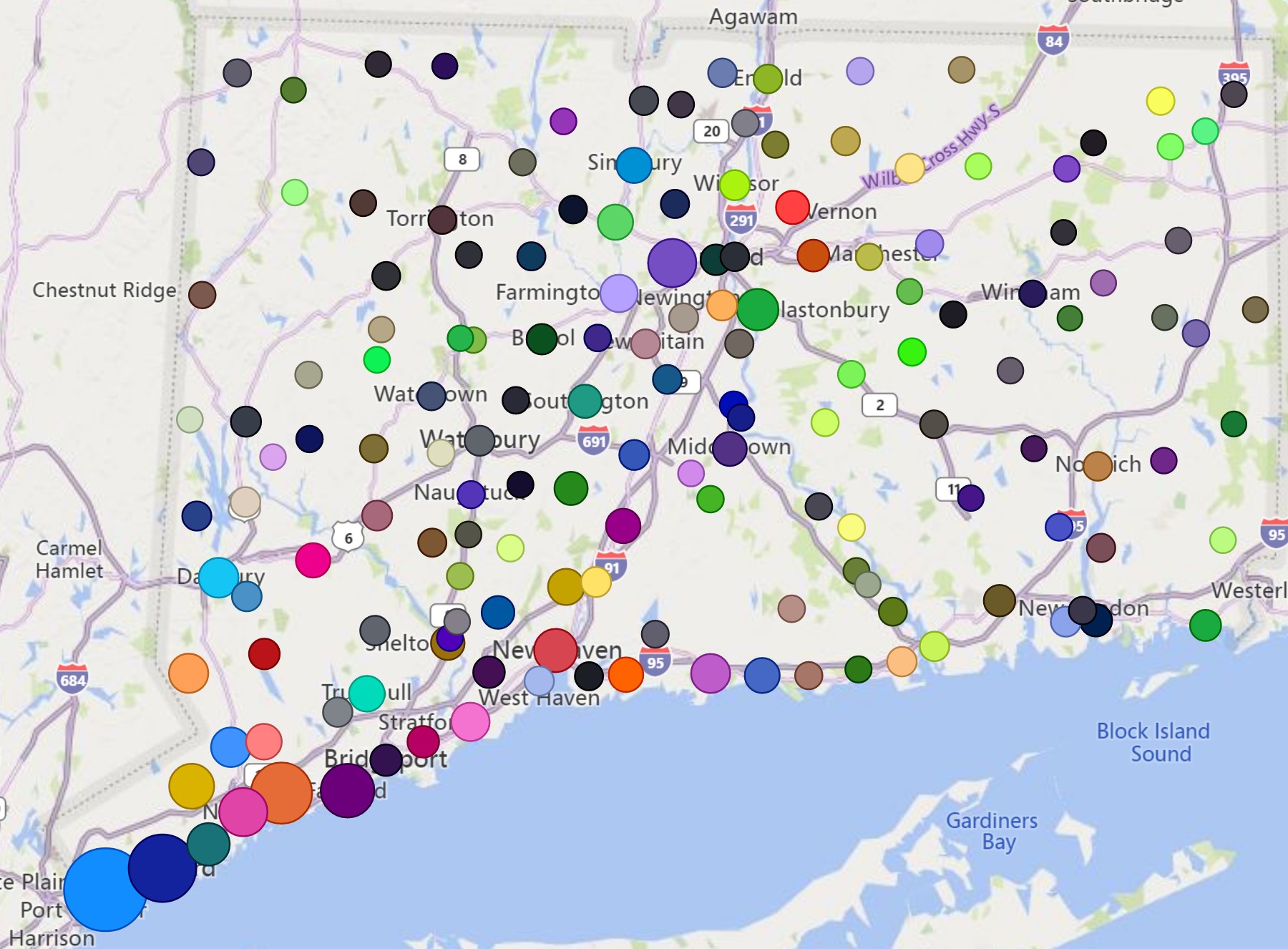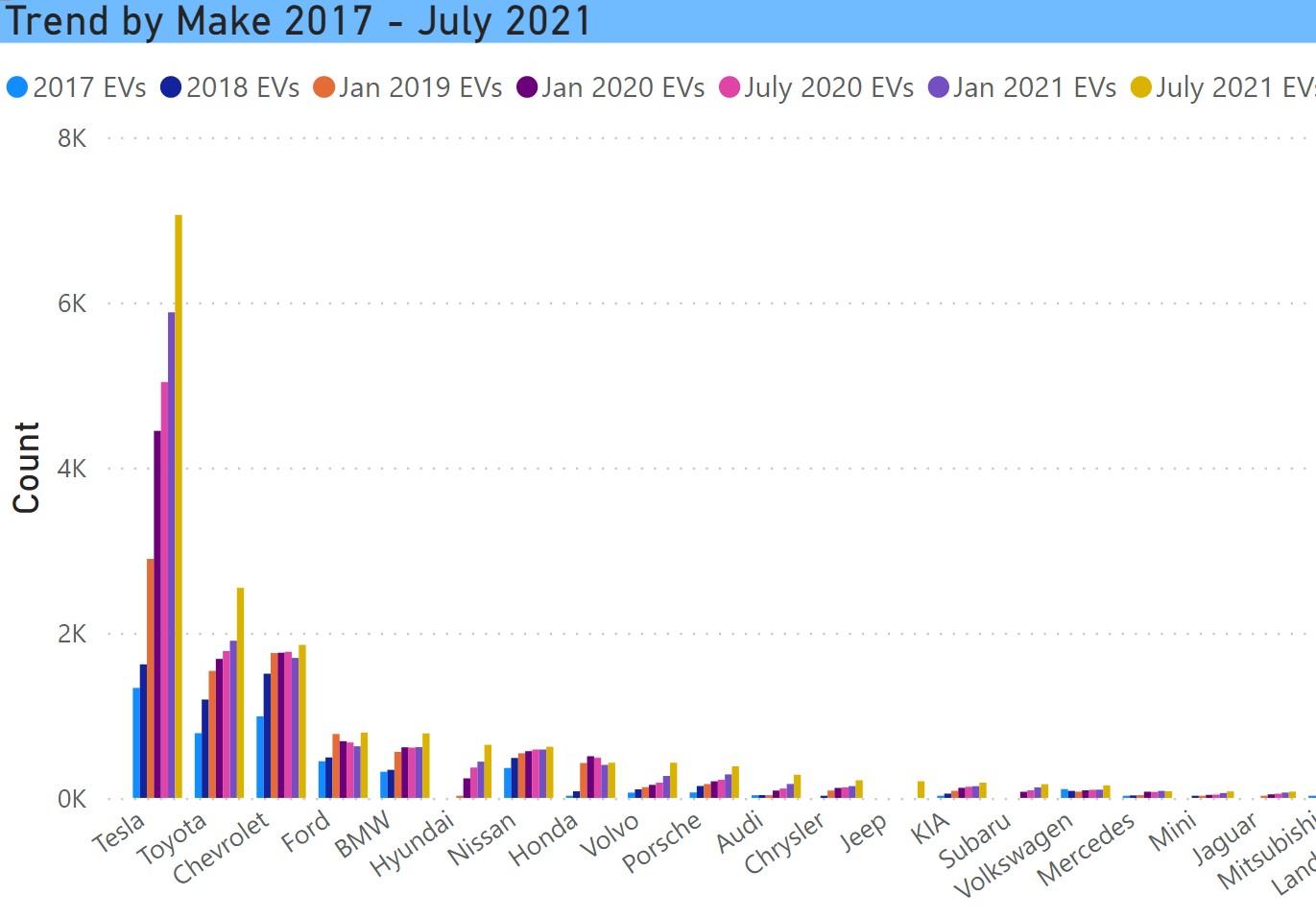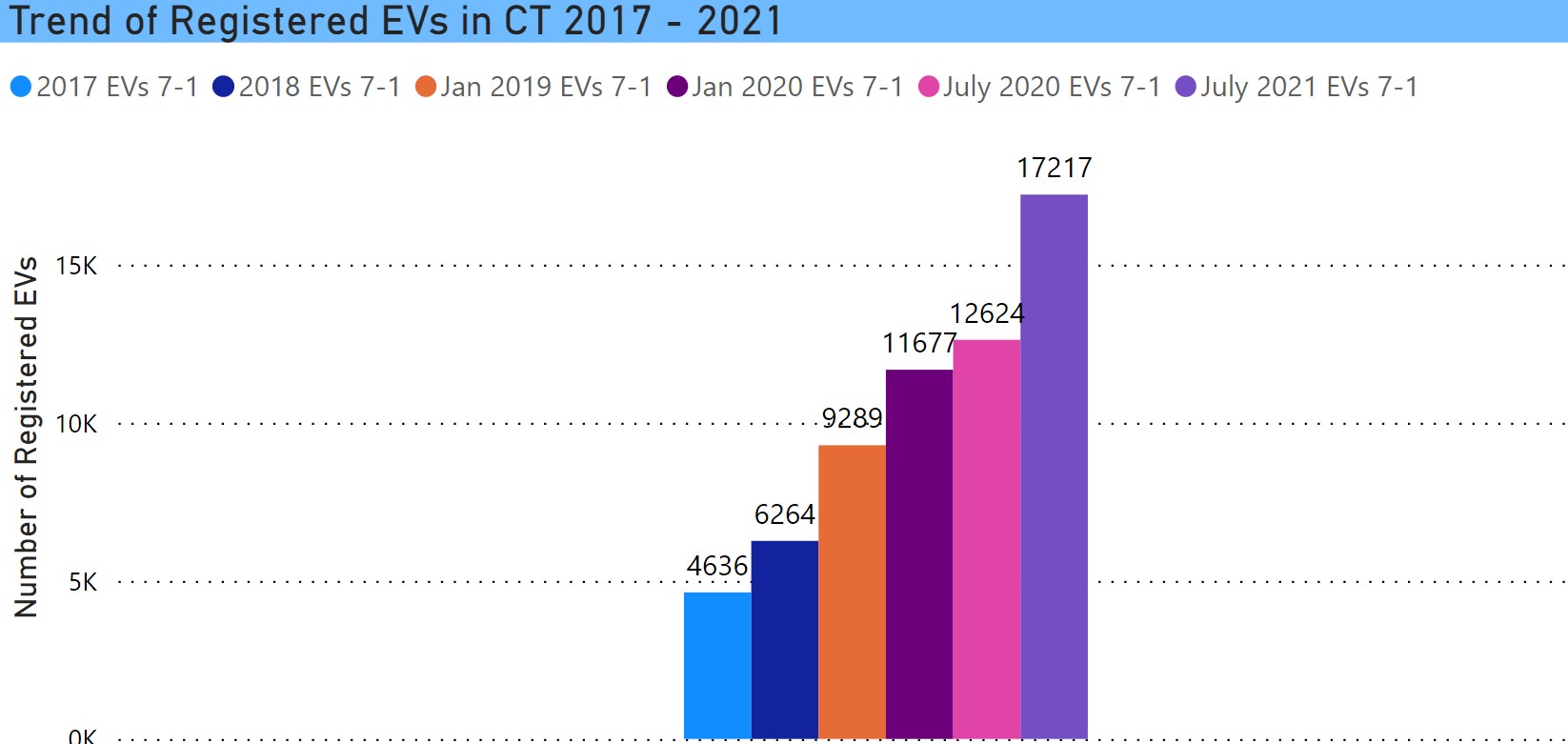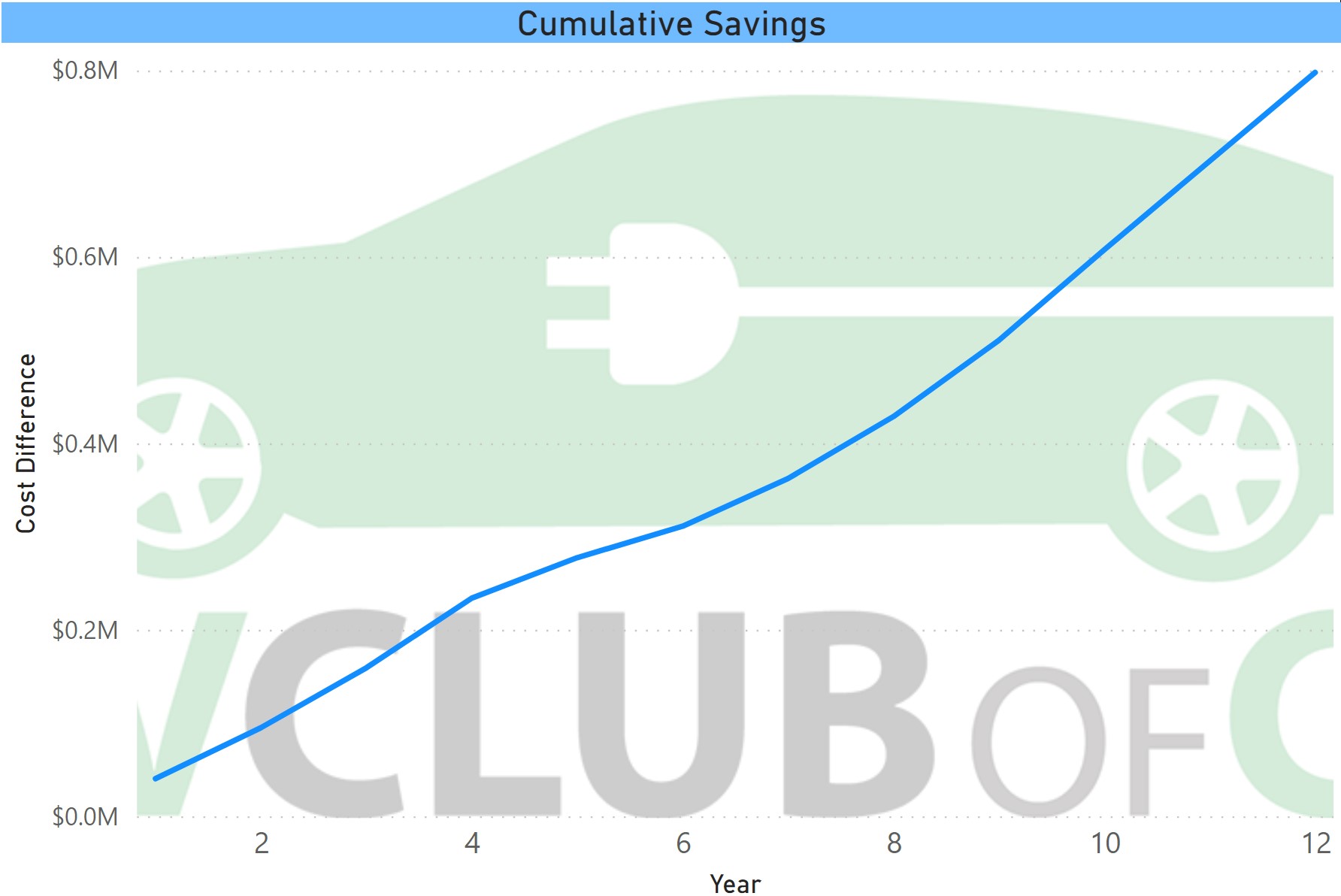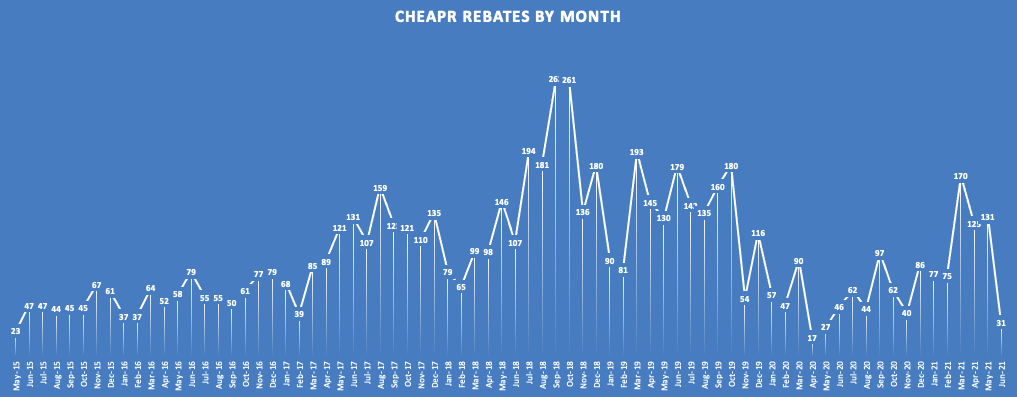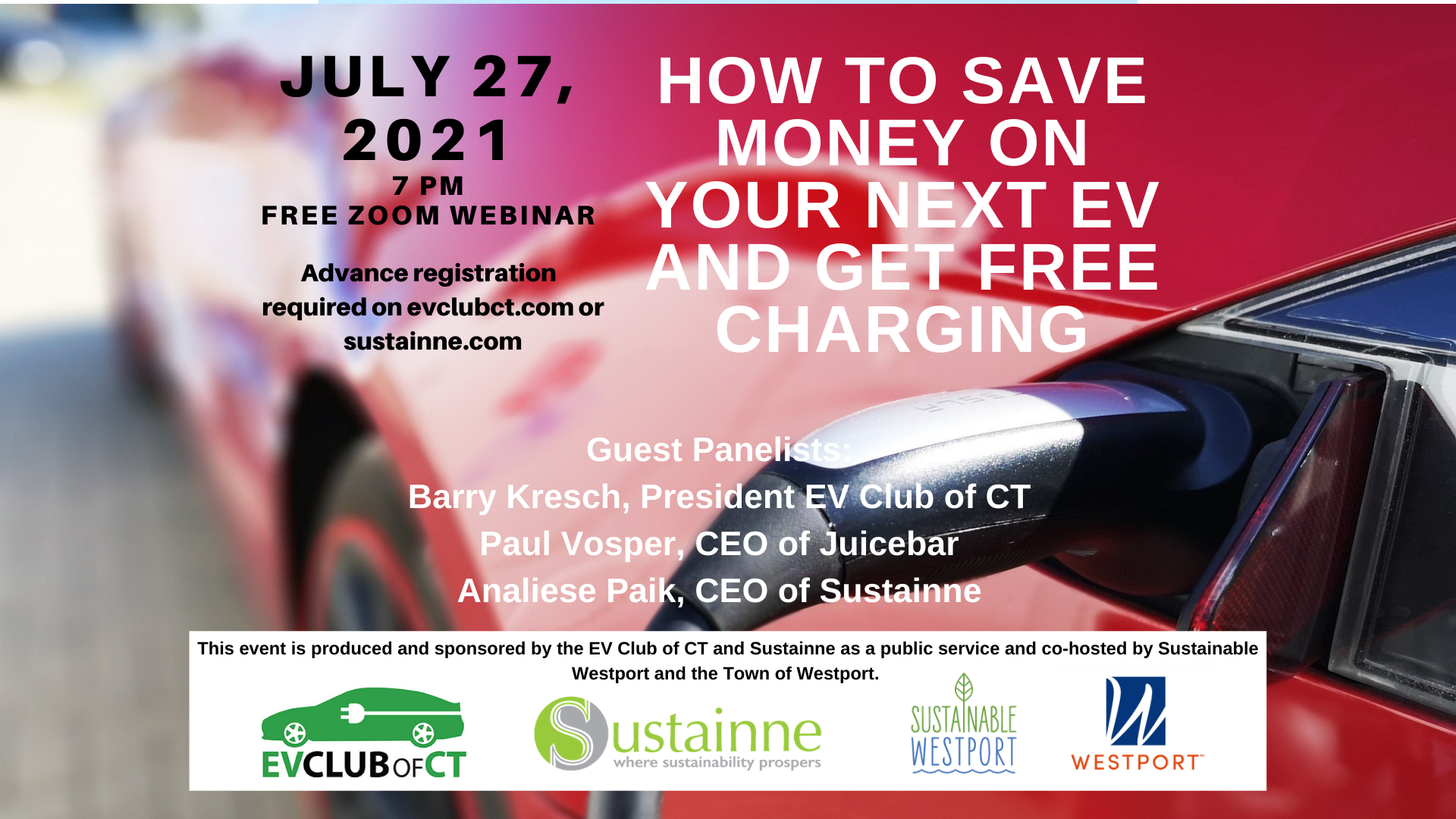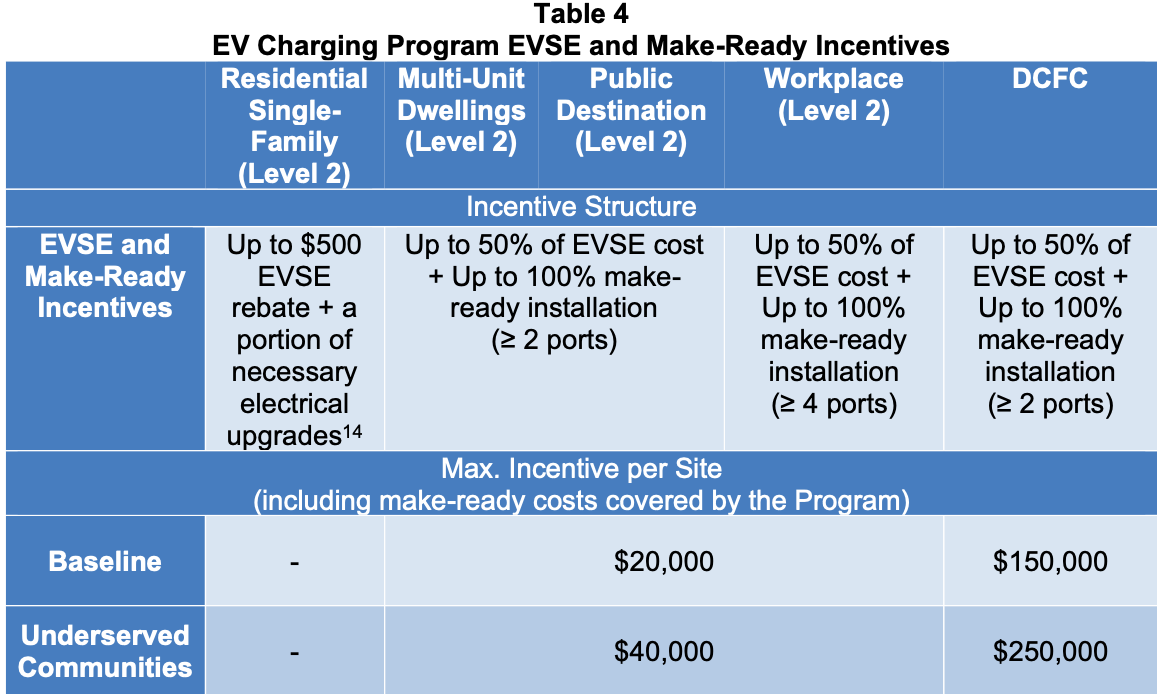Governor Lamont Meets with EV Club
The photo above shows the governor meeting with Bruce Becker, Analiese Paik, and Barry Kresch of the EV Club of CT. This was a meeting about how the environmental community can more effectively mobilize to … Read more


